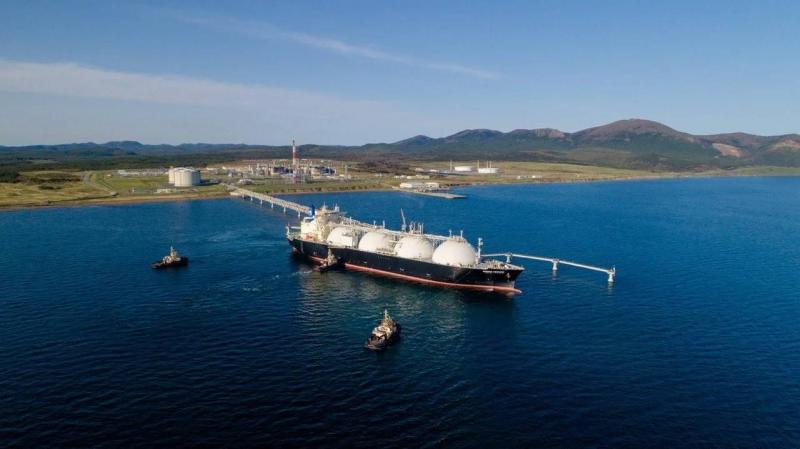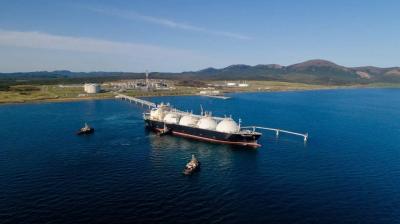Ship tracking data from LSEG showed on Tuesday that four tankers transporting Qatari liquefied natural gas (LNG) have resumed their voyages after a several-day halt due to maritime attacks by the Iran-aligned Houthi group in the Red Sea. The Houthis' attacks, which they claim are aimed at supporting Palestinians in their conflict with Israel, have disrupted trade along a key route between East and West, through which approximately 12 percent of global shipping traffic passes.
The Houthi group vowed on Monday to expand its targets in the Red Sea to include American ships, following U.S. and British strikes on their positions in Yemen. Data indicated that the LNG carrier "Al-Rakiat" resumed sailing through the Red Sea bound for Qatar after stopping since January 13 during its journey.
Other vessels, "Al-Gharia," "Al-Huweila," and "Al-Nauman" carrying Qatari LNG are also moving; however, they have altered their routes to head south while still indicating the Suez Canal as their destination. Typically, Qatari LNG shipments passing through the Suez Canal head to Europe. The three tankers had been idling off the coast of Oman since January 14.
The estimated arrival time for the "Al-Nauman" has also been delayed by more than two weeks to February 4. Qatari Energy did not immediately respond to requests for comments outside of business hours. The owners and operators of the four vessels did not respond promptly to requests for comments either. Shell, which owns the shipping and leasing arm STASCO that manages the "Al-Nauman," declined to comment.
Ships are temporarily stopping or diverting away from the Red Sea leading to the Suez Canal, the fastest shipping route from Asia to Europe. LNG ships are among many vessels that have had to head toward the longer route around Africa via the Cape of Good Hope. Analysts estimate that the Cape route could add about nine days to the 18-day journey from Qatar. The longer route will lead to delivery delays, but gas storage levels in Europe are good.
S&P Global estimates Qatari LNG shipments through the canal at 14.8 million tons annually, with U.S. shipments at 8.8 million tons and Russian shipments at 3.7 million tons. A senior source familiar with the matter told Reuters on Monday that Qatari Energy, the world's second-largest LNG exporter, has stopped sending tankers through the Red Sea despite continued production. In 2023, Qatar exported over 75 million tons of LNG, according to LSEG data, including 14 million tons to buyers in Europe and 56.4 million tons to Asia.




